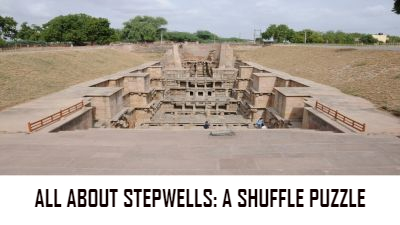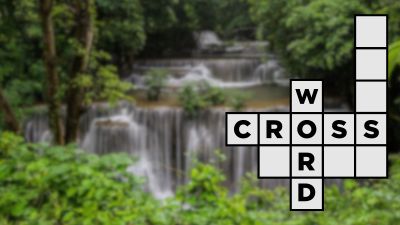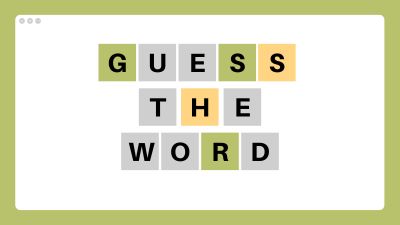You probably know that the Taj Mahal was built by Shah Jahan in memory of his queen, Mumtaz. Today, let’s explore an underground structure built by a queen in memory of her king. There’s more to it than just its architectural beauty. It also served a purpose as critical today as it was centuries ago: storing and conserving water.
Stepwells, known as vavs or baolis, are unique water conservation structures built predominantly in the northwestern states of Gujarat and Rajasthan. Unlike today, when we have all kinds of fancy devices such as jacuzzis and water parks that guzzle water, our ancestors were preoccupied with conserving and storing water, especially in drought-prone regions.
Smart conservation
Northwest India is dry for large parts of the year, with heavy rains during the monsoons. The vavs/ baolis were a smart response to these conditions. Their steps went many floors underground, and then came a vertical trench that went even deeper to hit the water table. Surrounding water sources would recharge the well. During the monsoon, the rains would fill the well to the brim. The wells were so massive that people could continue to use the water during the summer by climbing down until they reached the water level.
Many stepwells were simple structures, but some were grand and ornamental, almost like underground inverted temples. The Rani ki Vav in Patan, Gujarat, is one such famous stepwell, commissioned by Queen Udayamati of the Solanki Dynasty in the 11th Century in the memory of her husband. It has seven underground storeys, with galleries filled with intricate sculptures of gods and goddesses, humans and animals, plants, trees and everyday life, making it a beautiful space to be in.
Beat the heat
Since stepwells are underground and hold water, their insides would be a few degrees cooler than the scorching sun outside. This was a bonus in the era of no air-conditioning. With beauty, utility and cool temperatures, stepwells became a social space, particularly for women who could have a leisurely chat with friends, as they drew water.
The Rani ki Vav was partly buried underground for many years and its full glory was rediscovered only after restoration work was completed in the 1980s. Today, it is a UNESCO World Heritage Site. Other famous stepwells are the Chand Baoli in Rajasthan, Adalaj ni Vav in Gujarat, and Agrasen ki Baoli in Delhi. So, the next time you see a fancy ride in a water park, remember we have created much cooler water structures centuries ago.













